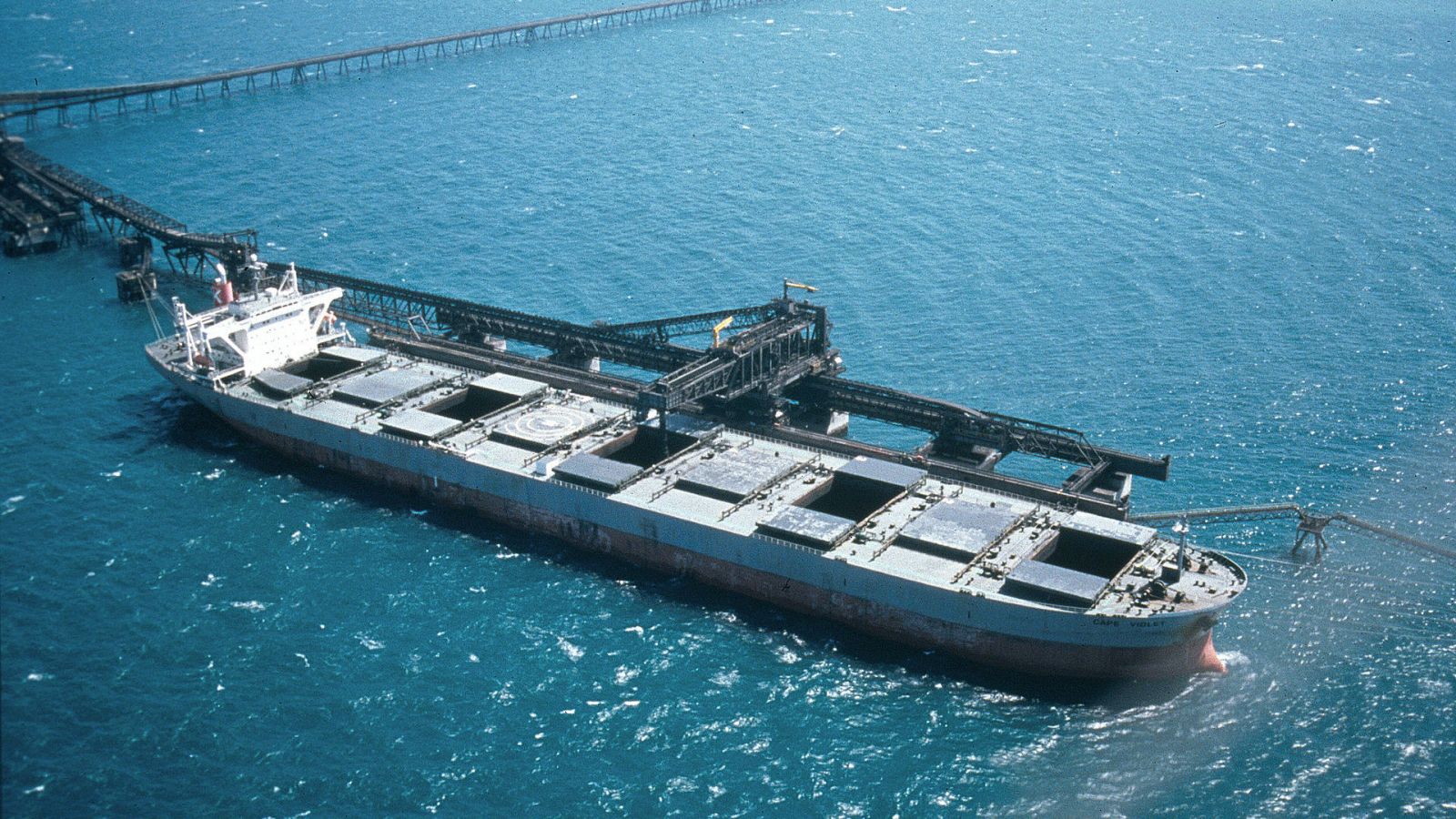Iron Ore Made Comeback in 2016

Despite soft Chinese consumption and low prices for most of the year, a late surge meant the global iron ore industry saw gains in production and exports in 2016.
The improvement came after the slower growth, lower prices and squeezed profit margins suffered in 2015, according to the new UNCTAD Iron Ore Market Report. The report shows the key indicators of demand and supply, seaborne trade and price, all made gains through the year and says the market outlook is steady.
Although Chinese consumption remained relatively low, and prices did not improve for much of 2016, the market started to improve late in the year, with prices exceeding US$80/dry metric ton (dmt) in December 2016.
Global iron ore production grew five percent year-on-year in 2016, according to the report, hitting a total of 2,106 million tons (Mt). This was primarily driven by an additional 30 Mt of direct shipping ore from Australia, which was the major source of new fine-products entering the Chinese market.
Iron ore exports exceeded 1,513 Mt in 2016, compared with under 1,439 Mt in 2015, and the seaborne market was more or less balanced. The net increase in global trade was led by Australia, which contributed 44 Mt of incremental seaborne supply. The predominant products that entered the market were Pilbara blend fines and Carajas fines.
Producers of iron ore have reduced mining costs substantially over the past four years, says the report, and the mining industry as a whole now spends $22/dmt less than it did in 2013 due to tightened capital controls, renegotiated contracts and the exit of high cost supply. The production-weighted average cost for the seaborne market was only $34/dmt in 2016, and the lowest cost producer achieved $23/dmt.
Iron ore exploration budgets fell in 2016 for the fourth consecutive year, with the estimated $685 million expenditure representing a decline of $460 million from 2015. Most of the fall can be attributed to Australia and China, which together accounted for almost half of the global decline. The annual exploration budget for iron ore is now down 83 percent from the peak of $3.98 billion in 2012.
